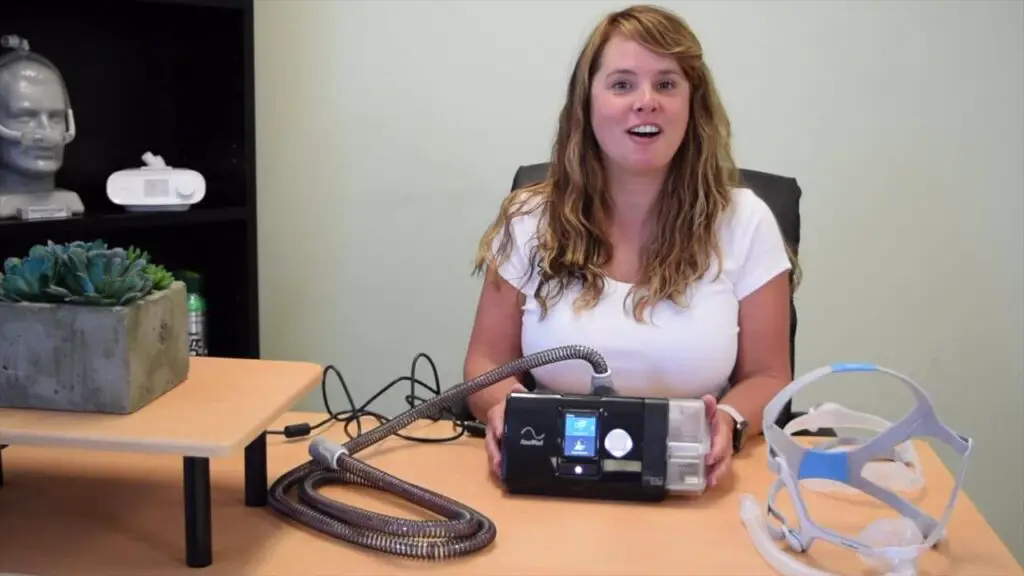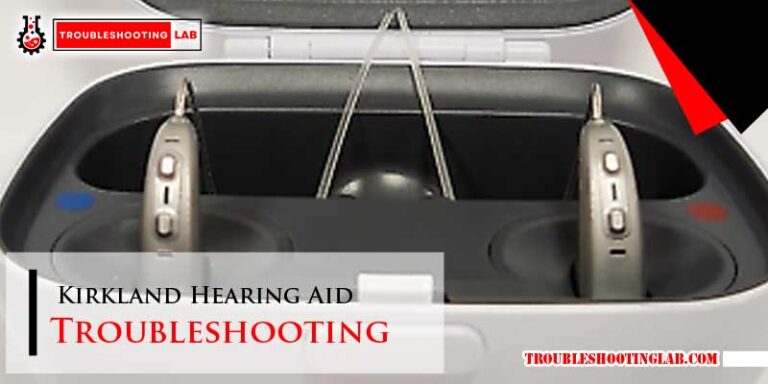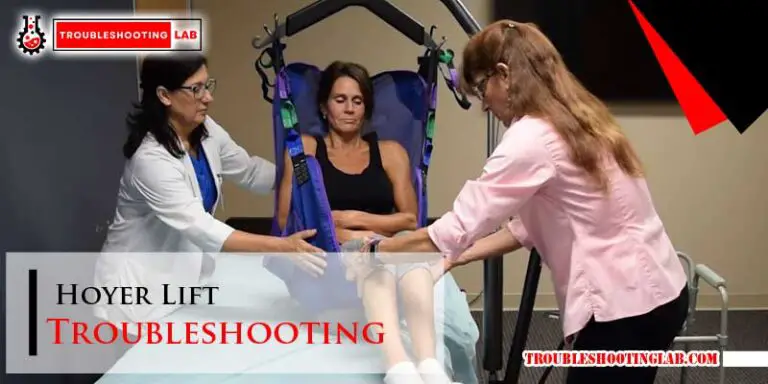Cpap Machine Troubleshooting: Expert Tips for a Better Sleep
If your CPAP machine is not working, check the power source and ensure the mask is fitted properly. Regular maintenance can prevent common issues.Continuous Positive Airway Pressure (CPAP) machines are essential for individuals with sleep apnea. They ensure a steady flow of air, keeping airways open during sleep. Malfunctions can disrupt sleep and reduce the machine’s effectiveness. Common problems include power issues, mask leaks, and dry mouth.
Always check connections and replace filters regularly. A well-maintained CPAP machine improves sleep quality and overall health. Proper troubleshooting and regular upkeep can extend the machine’s lifespan and enhance its performance. For persistent issues, consult a healthcare professional. This proactive approach ensures the CPAP machine operates smoothly and effectively.

Common Cpap Issues
Using a CPAP machine can greatly improve sleep quality. But users often face common issues. These can disrupt sleep and reduce the device’s effectiveness.
Air Leaks
Air leaks are a common problem with CPAP machines. They can make the therapy less effective.
Here are some common causes of air leaks:
- Mask Fit: The mask might not fit properly.
- Old Mask: The mask may be worn out.
- Poor Adjustment: The straps might be too loose or too tight.
Solutions:
- Check the mask size and type.
- Replace the mask if it is old.
- Adjust the straps to find a snug fit.
Noise Problems
CPAP machines can sometimes be noisy. This can disturb both the user and their partner.
Common sources of noise include:
- Machine Noise: The device itself might be loud.
- Mask Noise: The mask can make noise if it leaks.
- Tube Noise: The tube might create sounds.
Solutions:
- Place the machine on a soft surface to reduce vibrations.
- Ensure the mask fits well to avoid air leaks.
- Check the tube for any blockages or kinks.
Mask Fit And Comfort
Having a well-fitted CPAP mask is crucial for effective therapy. A comfortable mask ensures you get the best sleep without interruptions. This section will guide you through choosing the right mask and adjusting the straps for optimal comfort and fit.
Choosing The Right Mask
There are different types of CPAP masks available. Each type has its own benefits. Here are the main types:
- Nasal Masks – Ideal for nose breathers.
- Full-Face Masks – Best for mouth breathers.
- Nasal Pillow Masks – Good for minimal contact.
Consider your sleeping position and breathing style. This helps in selecting the right mask type. Some masks are better for side sleepers. Others work well for back sleepers.
| Mask Type | Best For |
|---|---|
| Nasal Masks | Nose Breathers |
| Full-Face Masks | Mouth Breathers |
| Nasal Pillow Masks | Minimal Contact |
Adjusting The Straps
Proper strap adjustment is vital for comfort. Follow these steps:
- Place the mask on your face.
- Gently tighten the straps.
- Ensure there are no gaps.
- Make small adjustments for a snug fit.
Do not overtighten the straps. This can cause pressure points and discomfort. A well-adjusted mask should feel secure but not tight.
Regularly check the straps for wear and tear. Replace them if they lose elasticity. This ensures a consistent and comfortable fit.
Dealing With Dryness
Dealing with dryness can be a common challenge for CPAP machine users. This issue often leads to discomfort, making it harder to adhere to therapy. Fortunately, there are effective ways to combat this problem. Let’s explore some solutions to help you maintain comfort and efficiency in your CPAP therapy.
Humidifier Settings
The humidifier is a crucial component in your CPAP machine. It adds moisture to the air, preventing dryness in the nasal passages and throat. Adjusting the humidifier settings can significantly improve your comfort.
- Start with a low humidity level and gradually increase it.
- Monitor how your nasal passages feel with each adjustment.
- Higher settings add more moisture, but can also cause condensation.
Finding the right balance is key. Too much humidity can lead to a “rain-out” effect, where moisture accumulates in the hose. Too little can leave you feeling parched.
Nasal Sprays
If adjusting the humidifier doesn’t fully resolve the dryness, nasal sprays can be another effective solution. They help to keep your nasal passages moist.
- Use a saline spray before bedtime to hydrate your nose.
- Ensure the spray is suitable for long-term use.
- Avoid sprays with decongestants for frequent use.
Saline sprays are generally safe and can be used multiple times a day. They provide relief without side effects, helping you stay comfortable throughout the night.
| Solution | Benefits |
|---|---|
| Humidifier Settings | Adjustable moisture levels for personalized comfort |
| Nasal Sprays | Immediate relief for dry nasal passages |
By tweaking the humidifier settings and using nasal sprays, you can effectively manage dryness. This ensures a more comfortable and successful CPAP therapy experience.
Pressure Problems
CPAP machines help many people with sleep apnea. They work by delivering a steady stream of air pressure. Sometimes, users face pressure problems with their CPAP machines. These issues can disrupt sleep and reduce the machine’s effectiveness. This section will discuss common pressure problems and solutions.
Pressure Settings
Incorrect pressure settings can cause discomfort. Ensure the settings match your prescribed levels. You can usually adjust these settings through the machine’s menu.
Here is a quick guide to adjust pressure settings:
- Turn on the CPAP machine.
- Access the settings menu.
- Navigate to the pressure settings option.
- Adjust the pressure to the prescribed level.
- Save the new settings.
If unsure about the correct pressure level, consult your healthcare provider. Incorrect settings can lead to poor sleep quality.
Ramp Feature
The ramp feature gradually increases air pressure. It helps users fall asleep more comfortably.
To activate the ramp feature:
- Turn on the CPAP machine.
- Access the settings menu.
- Select the “ramp” option.
- Set the ramp time (usually between 5-45 minutes).
- Save the settings.
Many find the ramp feature helpful. It allows them to start with lower pressure. Over time, it increases to the prescribed level.
Some machines have an auto-ramp feature. This detects when the user falls asleep. Then it gradually increases the pressure.
By understanding these common pressure problems, users can ensure their CPAP machines work effectively. Proper pressure settings and utilizing features like the ramp can improve sleep quality.
Cleaning And Maintenance
Proper cleaning and maintenance of your CPAP machine are essential. It ensures the machine functions optimally and prolongs its lifespan. Regular cleaning also helps in preventing infections and keeps your therapy effective. Below are detailed steps for daily cleaning and filter replacement.
Daily Cleaning Routine
Follow a daily cleaning routine to keep your CPAP machine in top condition. Here’s a simple checklist:
- Unplug the CPAP machine from the power source.
- Disassemble the mask, tubing, and humidifier chamber.
- Wash the mask and tubing with warm water and mild soap. Rinse thoroughly.
- Soak the humidifier chamber in a solution of one part vinegar to three parts water for 30 minutes.
- Rinse all components with clean water and let them air dry.
- Wipe the exterior of the CPAP machine with a damp cloth. Avoid getting water inside the machine.
Replacing Filters
Filters play a crucial role in maintaining air quality. Replace them regularly to ensure optimal performance.
| Filter Type | Replacement Frequency |
|---|---|
| Reusable Filters | Every Month |
| Disposable Filters | Every Two Weeks |
Steps for replacing filters:
- Turn off and unplug the CPAP machine.
- Remove the old filter from the filter compartment.
- Insert the new filter, ensuring it fits snugly.
- Close the filter compartment securely.
Regular cleaning and filter replacement ensure your CPAP machine works efficiently. Follow these steps to maintain your machine and improve your therapy.
Travel Tips
Traveling with a CPAP machine can seem daunting, but it doesn’t have to be. With the right preparation and the right tools, you can make your journey smooth and stress-free. Here are some practical tips to help you travel comfortably and ensure your CPAP machine works flawlessly.
Portable Cpap Options
Consider using a portable CPAP machine for your travels. These are smaller and lighter than standard CPAP machines. They are designed to be easy to carry and pack.
- Look for models that are FAA-approved for in-flight use.
- Choose a device with a built-in battery for power backup.
- Check if the machine has a humidifier to prevent dryness.
Power Solutions
Ensure you have the right power solutions for your CPAP machine. Being prepared can save you from unexpected power issues.
| Power Solution | Description |
|---|---|
| Battery Packs | Carry a spare battery pack. This is useful for long flights or layovers. |
| Universal Power Adapters | Traveling internationally? Carry a universal power adapter to fit different socket types. |
| Car Chargers | Road trips are easier with a car charger. Plug into your vehicle’s power outlet. |
Make sure to test your power solutions before your trip. This ensures everything works correctly and avoids last-minute issues.
Data Tracking
Data tracking in CPAP machines helps improve therapy effectiveness. It allows users to monitor and adjust settings for better sleep quality. Understanding data tracking is essential for optimal CPAP usage.
Monitoring Usage
Most CPAP machines record detailed usage data. This includes hours of use, mask fit, and leak rates. Users can access this information via the device’s display or a connected app.
Monitoring usage helps identify patterns and issues. For instance, if the mask leaks frequently, it might need adjustment. Regular review of usage data ensures the therapy remains effective.
Interpreting Reports
CPAP machines generate comprehensive reports. These reports include key metrics like AHI (Apnea-Hypopnea Index), leak rate, and pressure settings. Understanding these metrics helps users and healthcare providers optimize therapy.
| Metric | Description | Ideal Range |
|---|---|---|
| AHI | Apnea-Hypopnea Index | < 5 |
| Leak Rate | Amount of air escaping | < 24 L/min |
| Pressure | Therapy pressure level | Varies per user |
AHI measures the average number of apnea and hypopnea events per hour. A lower AHI indicates better sleep quality. Leak Rate shows how well the mask fits. High leak rates suggest the mask might need adjustment. Pressure settings depend on individual therapy needs.
Regularly reviewing these reports helps maintain effective CPAP therapy. Users can make informed decisions about necessary adjustments.
When To Seek Help
Using a CPAP machine can greatly improve your sleep quality. But sometimes, you may face issues. Knowing when to seek help is crucial. Some problems require expert assistance. Others can be solved with online resources. This section will guide you on when to seek help.
Consulting A Specialist
If your CPAP machine is not working, consult a specialist. Specialists can diagnose complex issues. Persistent air leaks can be a serious problem. Your doctor can help you fix them. Frequent discomfort may need professional attention. A specialist can adjust your machine settings.
Skin irritation is another issue. If it persists, seek medical advice. A specialist can recommend better masks. Breathing problems with your CPAP machine need urgent help. Consult your doctor immediately. They can check for underlying conditions.
Online Resources
Many online resources can help you. Websites offer troubleshooting guides. YouTube has tutorial videos. These can solve simple issues. Forums are great for community support. Users share tips and solutions.
Here are some useful resources:
- CPAP Talk
- Sleep Apnea
- YouTube Tutorials
You can also download manuals from manufacturer websites. They have detailed troubleshooting sections. Online resources are very helpful for minor issues.
| Issue | When to Seek Help |
|---|---|
| Persistent Air Leaks | Consult a Specialist |
| Frequent Discomfort | Consult a Specialist |
| Skin Irritation | Seek Medical Advice |
| Breathing Problems | Urgent Medical Help |
Frequently Asked Questions
What Is A Common Failure With A Cpap Machine?
A common failure with a CPAP machine is air leakage. This can reduce therapy effectiveness and cause discomfort. Regularly check masks and hoses for proper fit and wear.
What Causes A Cpap Machine To Stop Working?
A CPAP machine can stop working due to power issues, blocked air filters, damaged tubing, or internal malfunctions. Regular maintenance helps prevent problems.
How Do I Troubleshoot My Cpap Machine?
Check the power source and connections. Clean or replace filters regularly. Inspect the hose for leaks. Adjust mask fit. Contact customer support if issues persist.
Why Is My Cpap Not Sleeping?
Your CPAP might not be working due to mask leaks, incorrect pressure settings, or poor mask fit. Regularly clean and check your device.
Why Is My Cpap Machine Not Turning On?
Ensure it’s properly plugged in and check the power outlet. Inspect the power cord for any damage.
Conclusion
Troubleshooting your CPAP machine can improve your sleep quality. Follow these tips to resolve common issues effectively. Regular maintenance ensures better performance and longevity. Don’t hesitate to consult your manual or a professional for help. A well-functioning CPAP machine is crucial for a restful night’s sleep.
Keep these guidelines in mind for optimal results.





